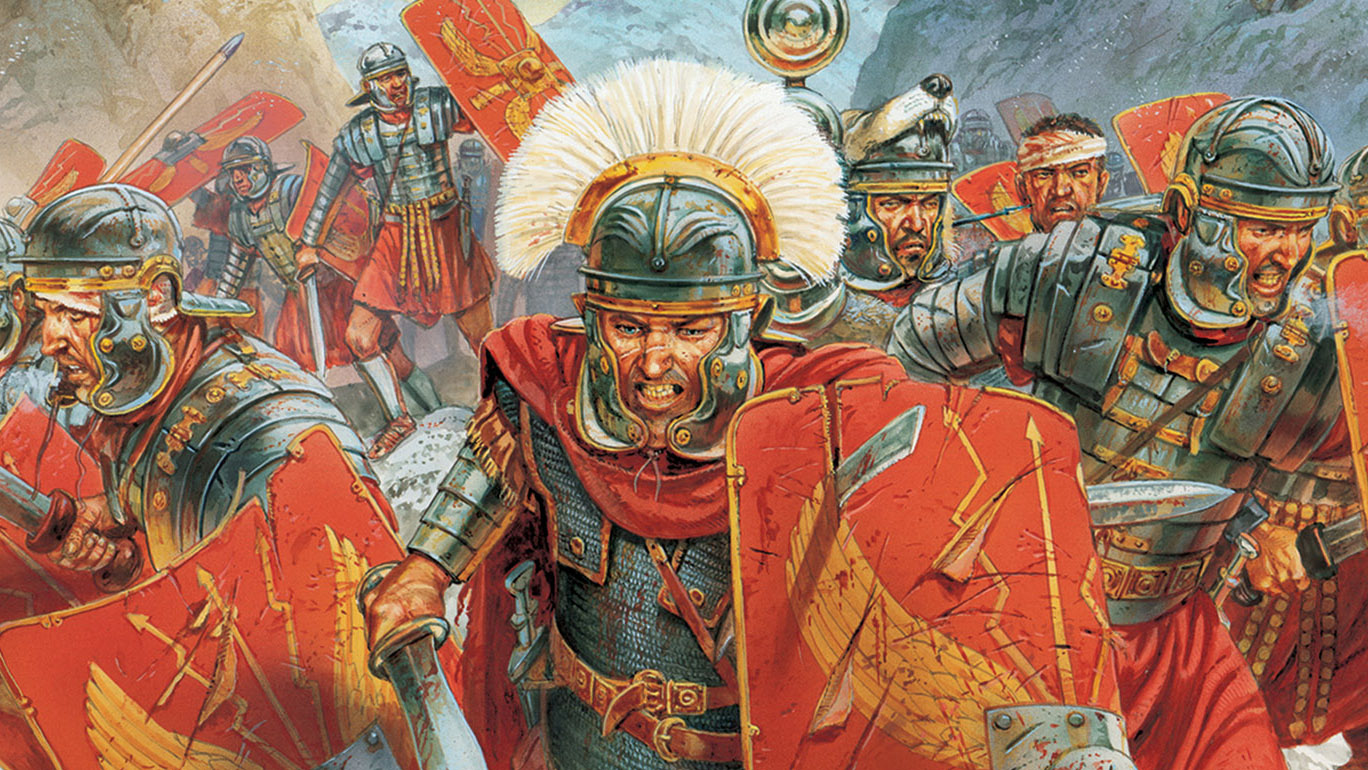
Creative Assembly recently announced Total War Sagas, a spin-off series meant to “focus on a specific point in history, as opposed to an era as seen in the tentpole Total War games,” but with the same level of detail as the bigger releases. Like Fall of the Samurai or Napoleon, these aim to cover eras already touched on by Total War, but putting a particular facet of the age under a microscope or detouring from the existing timeline. It's a fantastic idea, seeing as some of the smaller and more focused campaigns for Rome II (Imperator Augustus and Caesar in Gaul, particularly) were actually much better executed than the Grand Campaign.
Here are some smaller-scale conflicts that deserve their very own campaigns.
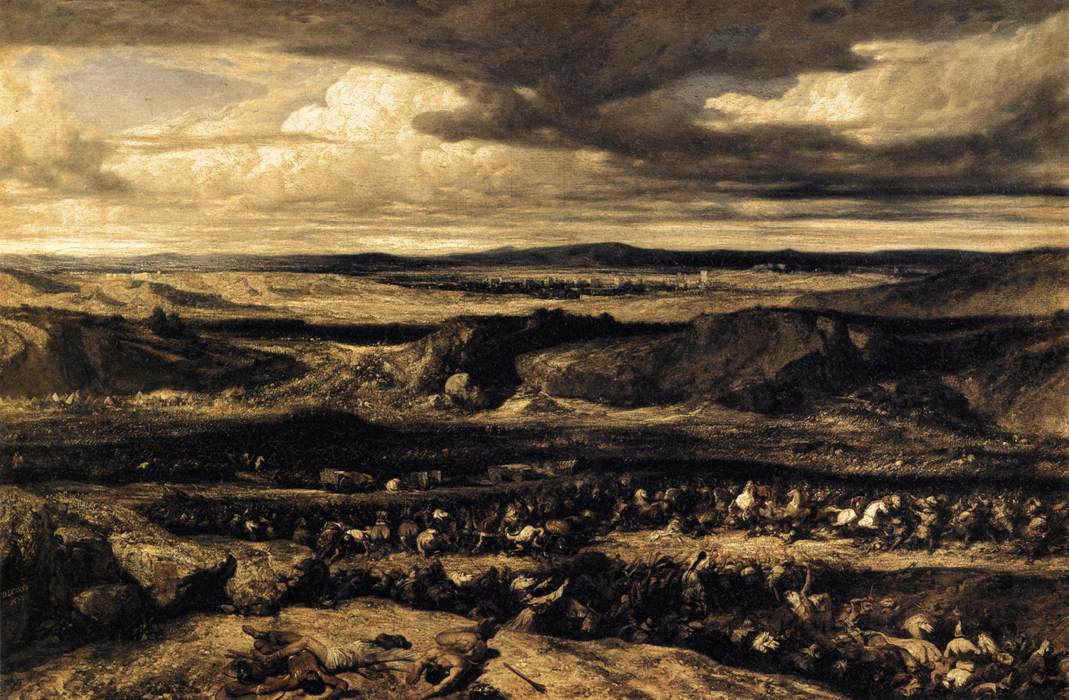
The Cimbrian War
Place: The Outskirts of the Late Roman Republic
Time: c. 115 - 100 BCE
Base game: Rome 2
The first large-scale clash between the Latin and Germanic civilizations, the two main components whose melding would eventually bring about Medieval Western Europe, took place just a generation or so before Julius Caesar set events into motion to transform the Roman Republic into an Empire. A group of tribes from the unexplored northern frontier (which the Romans would refer to eventually as Germania) appeared seemingly out of nowhere and initially struck a number of stunning blows against Rome, handing them their worst defeats since they faced Hannibal in the Second Punic War. It was only through the actions of the legendary Gaius Marius that this invasion was repelled and Rome itself was saved from sacking or possibly even conquest.
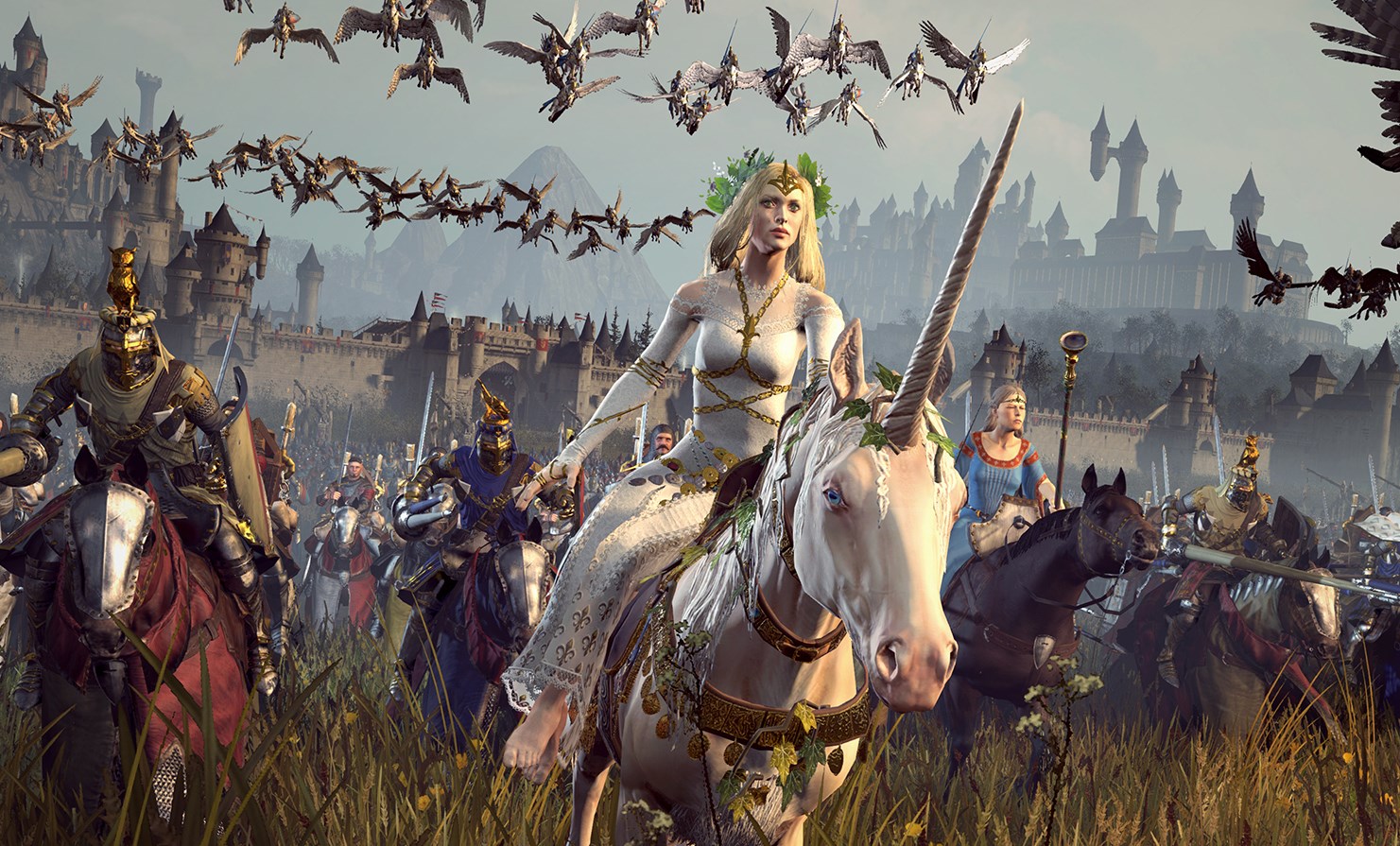
While The Creative Assembly is hard at work on Total War Sagas, check out our guide to the best Total War games.
If that had happened, the name Caesar would probably never have made it into the modern consciousness. The invasion also helped to inspire the Marian Reforms—Marius reorganized the army, creating the legions that would conquer much of the known world.
The Roman component of this roughly 15-year campaign, which could fit well with a month-to-month turn timer, would likely focus on the character of Marius, just as some past DLC campaigns have put the lens on Caesar, Augustus, Marc Antony, or Belisarius. The Marian Reforms could be adapted into a specialized tech tree-type system, representing possibly the turning point in Roman military history. Like most great men of ancient Rome, Marius had more than just the invaders to worry about. There was plenty going on at home, and rival generals with different ideas of how to achieve victory seeking to usurp recognition as being Rome’s savior. Having allied armies that aren’t necessarily on the same page as you while fighting a common enemy could be very interesting if the AI is done well.
On the barbarian side, we see a similar opportunity. While allied, the two main tribes involved in the invasion, the Cimbri and the Teutones (the latter is where the word "Teutonic" and the modern German-language name of Germany, "Deutschland," comes from) were not a united nation. Marius was able to triumph thanks in part to the lack of coordination between them. Tribal politics could be a large focus as you try to hold a large, powerful, but unwieldy coalition together. There were also some smaller tribes involved in the invasion that could present unique challenges, either as player-led factions or diplomatic considerations, such as the Ambrones and the Celtic Helvetii.
The biggest gaming news, reviews and hardware deals
Keep up to date with the most important stories and the best deals, as picked by the PC Gamer team.
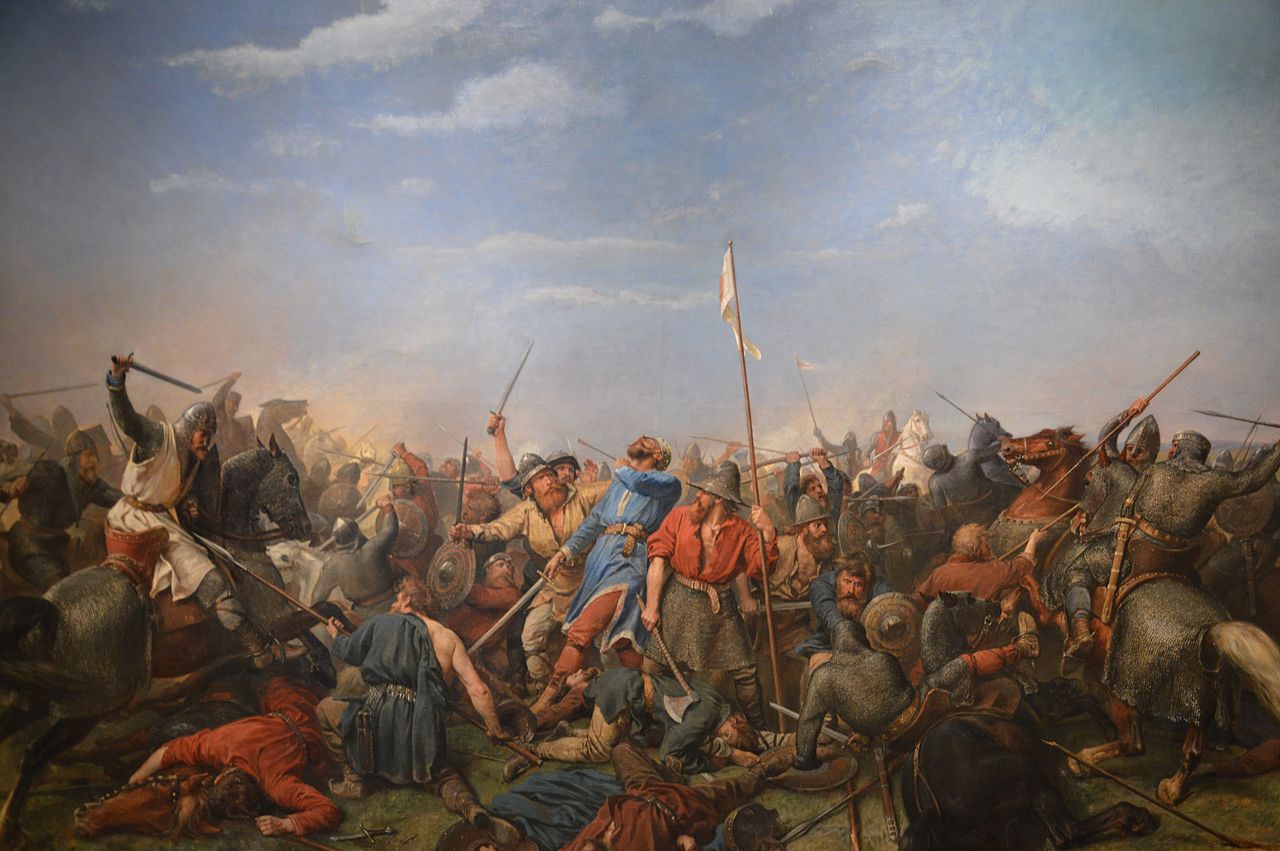
The year 1066
Place: The North Sea Region (Particularly England)
Time: Guess
Base game: Attila (or Medieval 3 if that comes out any time soon)
The year that changed English history forever, 1066 saw three claimants (leading three potentially diverse and unique factions) to the crown of England engage in a three-way struggle that was as dramatic as it was unpredictable. William, Duke of Normandy, had a Papally-sanctioned host invading from the south with continental heavy cavalry. Harald Hardrada of Norway sailed from the Northeast with a host of viking-descended warriors who still fought much like their pillaging ancestors. Caught in the middle was Harold Godwinson, the Anglo-Saxon nobleman who had been chosen by his own people to defend the status quo.
With a campaign map modeling the British Isles in serious detail, it would be possible to plan army maneuvers through the hills and woodlands of England in a way the series has never allowed before. And since the entire war took place in the space of one year, turns could potentially represent mere days rather than years or seasons, giving new weight to the weather system and the passage of time in general.
Minor factions would also be plentiful. Though he didn’t go to war historically, Svend II of Denmark was another potential claimant when Edward the Confessor died in 1066, by his descent from Knut the Great—a viking who did in fact take over and rule England for a time. There’s also the matter of the independent Scots to the North, some unconquered Welsh realms to the West, and a large number of Irish tribes that dwelt on the disunited Emerald Isle at the time. And this is all not even mentioning the King of France and his contentious relationship with William back on the mainland.
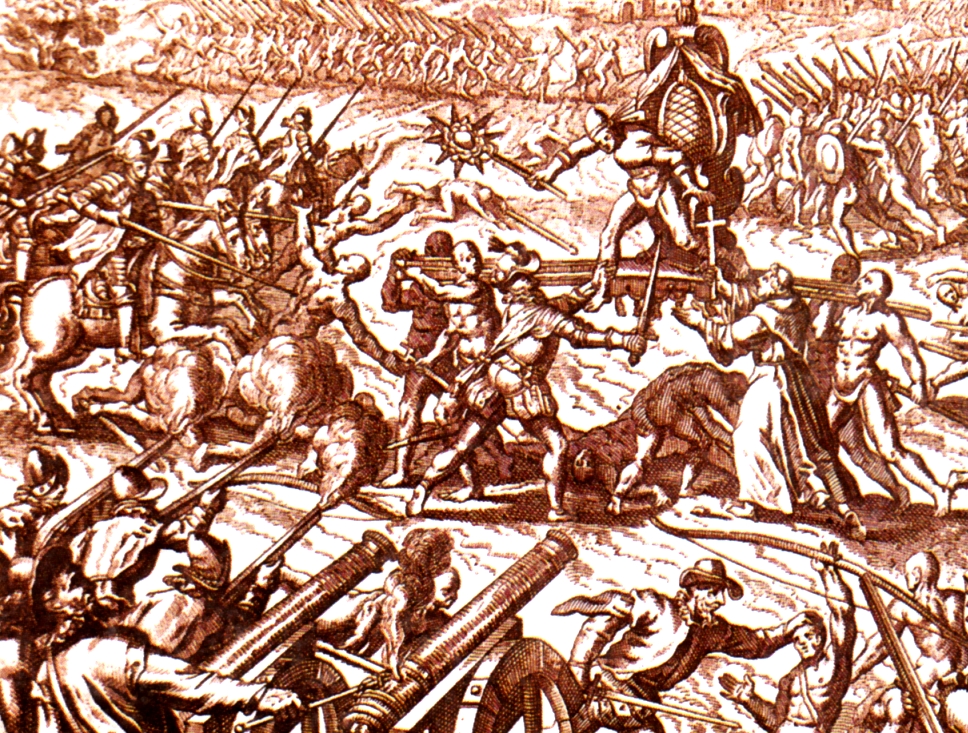
The Inca Civil War and Spanish Conquest
Place: Andean Region of South America
Time: c. 1527 - 1580 CE
Base game: Empire/Napoleon
When the 11th Sapa Inca, Huayna Capac, died in 1527, the large and complex Inca Empire was sent into chaos. A succession conflict sometimes called the War of Two Brothers kicked off between his sons, Huáscar and Atahualpa. They chose a terrible time for it, too, since conquistadors from Spain were about to show up bearing guns and smallpox. Choosing to play either of the two claimants would mean having to defeat your brother and unite the empire in common cause to withstand the greatest threat it had ever faced. The Spanish would find themselves vastly, almost comically outnumbered, but with a technological edge (and an uncontrollable secret weapon in the form of European disease) that they would have to make the most of to achieve victory.
Very few games model the epidemiological impact of the Columbian exchange on American natives properly, and this era would be a perfect place to do so. Much as the changing climate gradually makes the map less arable in Attila, an Incan player would have to contend with catastrophic population and economic collapse from the introduction of smallpox, typhus, and other diseases as the campaign progressed. Internal politics would also be a rich source of new mechanics, as the Inca (who were completely excluded by the original Empire: Total War) are today considered to have been the largest and most sophisticated empire in the Americas at the time of European contact.
The Spanish side would likely focus more on agents and clever maneuvers to topple the already wobbly Incas indirectly. Playing both sides of the civil war to weaken your enemies overall could be one path to victory. Gaining native allies (hey, look: minor factions!) was another key tactic the Spanish used to further their conquests in this period. Perhaps the most decisive historical moment of the conflict was the Spanish's capture of Atahualpa (who was victorious in the civil war), which could also be a campaign milestone. With roughly 50 years to play, a season-based turn timer would give us a meaty and exciting campaign.
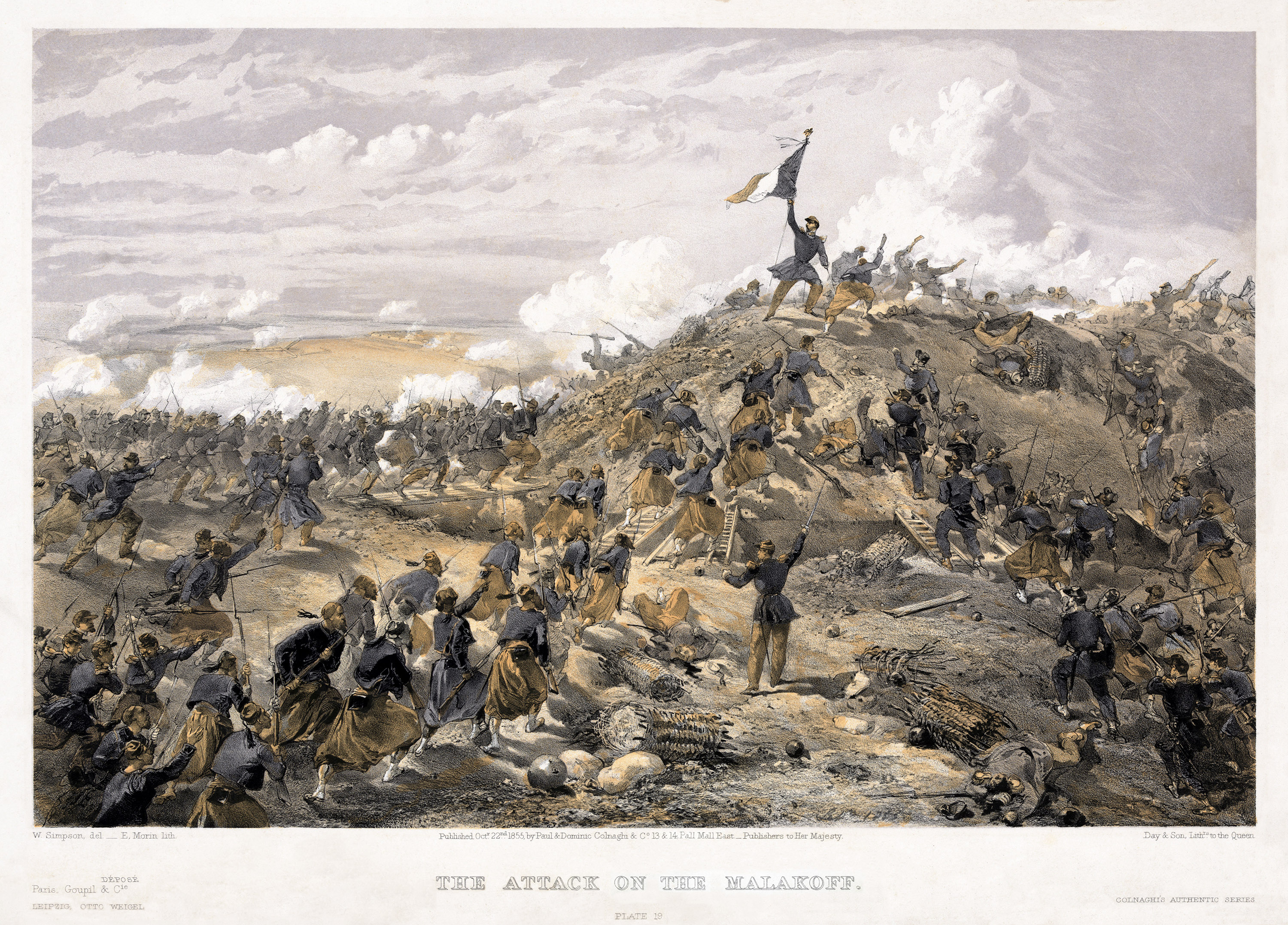
The Crimean War
Place: The Black Sea region
Time: c. 1850 - 1860 CE
Base game: Shogun 2
Around roughly the same time that the events of Shogun 2: Fall of the Samurai were kicking off in Japan, one of the largest European wars since the days of Napoleon broke out in Europe. The causes are disputed, but much of the fighting revolved around the decline of the Ottoman Empire, and who had the right to claim what from its carcass. On one side was the Russian Empire under Nicholas I (and later Alexander II after the former’s death from natural causes). On the other was the Ottoman sultan Abdulmejid I, Napoleon III of France, and none other than Queen Victoria herself leading England. There was also involvement from the Kingdom of Sardinia (a predecessor to modern Italy), and various minor powers in the region comprising ethnic minorities that either had, or were in the process of, breaking from centuries of Ottoman Turkish rule—notably the Greek Legion that fought on the Russian side.
The tech level would be similar to Fall of the Samurai, with the main difference being that we’re talking about large, industrialized European armies on both sides. You’re not going to be mowing down a lot of sword infantry using gatling guns, because your enemies have gatling guns as well. Weaponry had come a long way since Napoleon, but was still recognizable in those terms. Smoothbore field guns, cavalry charges, and disciplined line infantry were still the main tools of warfare. The maritime theater also lends itself well to exciting naval battles, and the Crimean War saw the first use of ironclad warships.
Spanning a roughly 10-year timeframe, a month-to-month turn cycle would make the most sense. As this was a relatively contained conflict fought by multiple, world-spanning empires, interesting campaign mechanics could be introduced to model bringing in imperial resources at the cost of political capital or popularity at home. The Ottomans, in particular, would have the added challenge of managing minority populations emboldened by successful revolts of decades past and yearning for their own liberty.
Len Hafer is a freelancer and lifelong PC gamer with a specialty in strategy, RPGs, horror, and survival games. A chance encounter with Warcraft 2: Tides of Darkness changed her life forever. Today, her favorites include the grand strategy games from Paradox Interactive like Crusader Kings and Europa Universalis, and thought-provoking, story-rich RPGs like Persona 5 and Disco Elysium. She also loves history, hiking in the mountains of Colorado, and heavy metal music.

